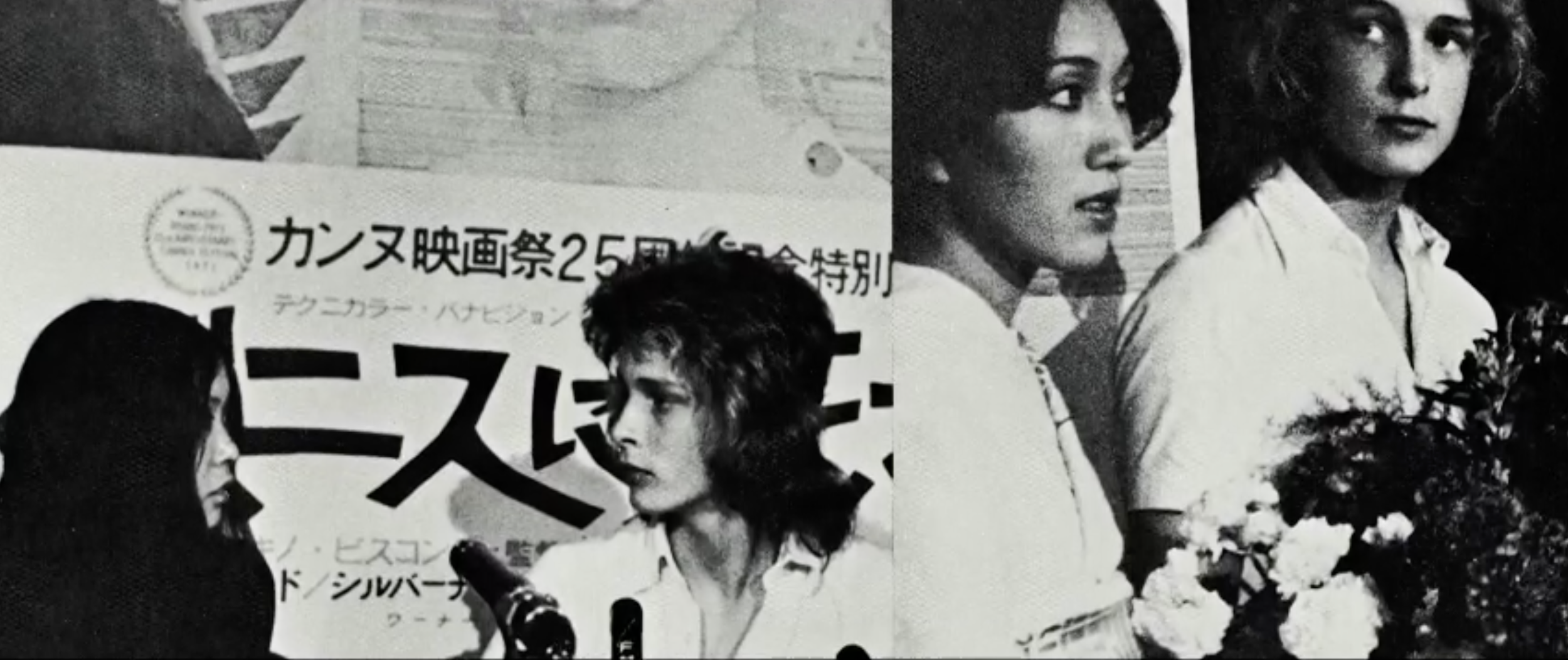Björn Andrésen - The Face That Inspired a Generation of Manga Artists
Still from ‘Death in Venice'│© Warner Bros.
Have you ever wondered why there are so many beautiful and feminine looking male characters in anime and manga? The answer can be found when we take a look into the life of Swedish actor, Björn Andrésen, whose story unravels the intriguing connection between a Scandinavian teenager, an Italian drama movie, and an entire generation of manga artists.
The most beautiful boy in the world
This story takes us back to the early 70s, where the Italian filmmaker, Luchino Visconti, is on a mission to find the “most beautiful boy in the world” to feature in his new film called “Death in Venice”. When Björn Andrésen, a 15 year old Swedish kid, entered the room to audition, his life was about to change forever, and so was the future of manga. Visconti immediately fell in love with Björn’s appearance, and picked him as the star for his new movie.
“Death in Venice” premiered in London in 1971, where Visconti crowned Björn “The most beautiful boy in the world”, a title that would have great repercussions. Björn got catapulted into stardom, and without the necessary support, he quickly found himself in a position where he was being exploited.
Japan goes crazy
In no-time, the movie triggered a wave of Björn fandom in Japan. It wasn’t common to see Westerners in Japan, so when a white celebrity boy with the title of “most beautiful boy in the world” appeared on billboards and cinemas presented as the new beauty standard, the public went crazy. It didn’t take long before Björn visited Japan as one of the first Western idols.
stills from the documentary 'The most beautiful boy in the world'
The reception was beyond imagination, as if a divine creature had arrived. People are wearing Death in Venice merchandise, non-stop press conferences, recording songs in the studio, commercial shoots, music video productions. And in the midst of it all, a teenage boy, sedated by pills, who had no choice but to do as he was told, while he was thrust into the limelight of stardom. Björn’s face was everywhere in Japan, from newspapers to tv commercials and billboards.
Björn on the set of a Japanese commercial shoot
Influencing manga
When it comes to Shoujo manga (comics targeting an audience of young adult women), a genre which was in its most crucial phase of development at the time, the character’s face was one of the most vital aspects due to the nature of the genre. It came to no surprise that when Björns face became the pinnacle of beauty in Japan, aspiring manga artists all over the country got influenced by the delicate feminine prettiness found in Björns appearance.
Björn’s likeness compared to Gilbert Cocteau from Kaze to Ki no Uta
Among the artists being influenced by Björn’s likeness, the most remarkable and perhaps most influential mangaka was the legendary Riyoko Ikeda, who has been very open about the fact that Björn’s face was the model for the character of Lady Oscar” in her manga series “The Rose of Versailles”. Other clear influences are the characters of Gilbert Cocteau in “Kaze to Ki no uta” and Jomy Marcus Shin in “terra e…”, by famous mangaka Keiko Takemiya.
Björn’s likeness compared to Lady Oscar from Rose of Versailles
Being two of the leading mangakas in the massively popular Shoujo genre, Ikeda and Takemiya’s choice to base their main characters on Björn’s facial features unchained a snowball effect, resulting in manga and anime characters resembling feminine appearances to this day. Read more about Ikeda and Takemiya’s influence on the world of manga here.
Johan Liebert from Monster / Griffith from Berserk
Björn’s fate
However great his influence may have been, life didn’t look bright for Björn ever since the release of “Death in Venice”. By having no support system, as his father was off the radar and he lost his mother before he was casted by Visconti, Björn was vulnerable for the deceptions of a celebrity lifestyle. He got used, never knew real freedom, got married but divorced soon after, lost a child, fell into depression, indulged in alcohol, and lost the little grasp of reality he had left. He is alive, skinny, having lived in solitary for years in a small apartment.
If you are interested in Björn’s life before, during, and after his movie debut, we highly recommend to check out the amazing documentary titled “The most beautiful boy in the world”.












Yazawa’s manga wears its heart out loud, stitched in Westwood’s tartan.